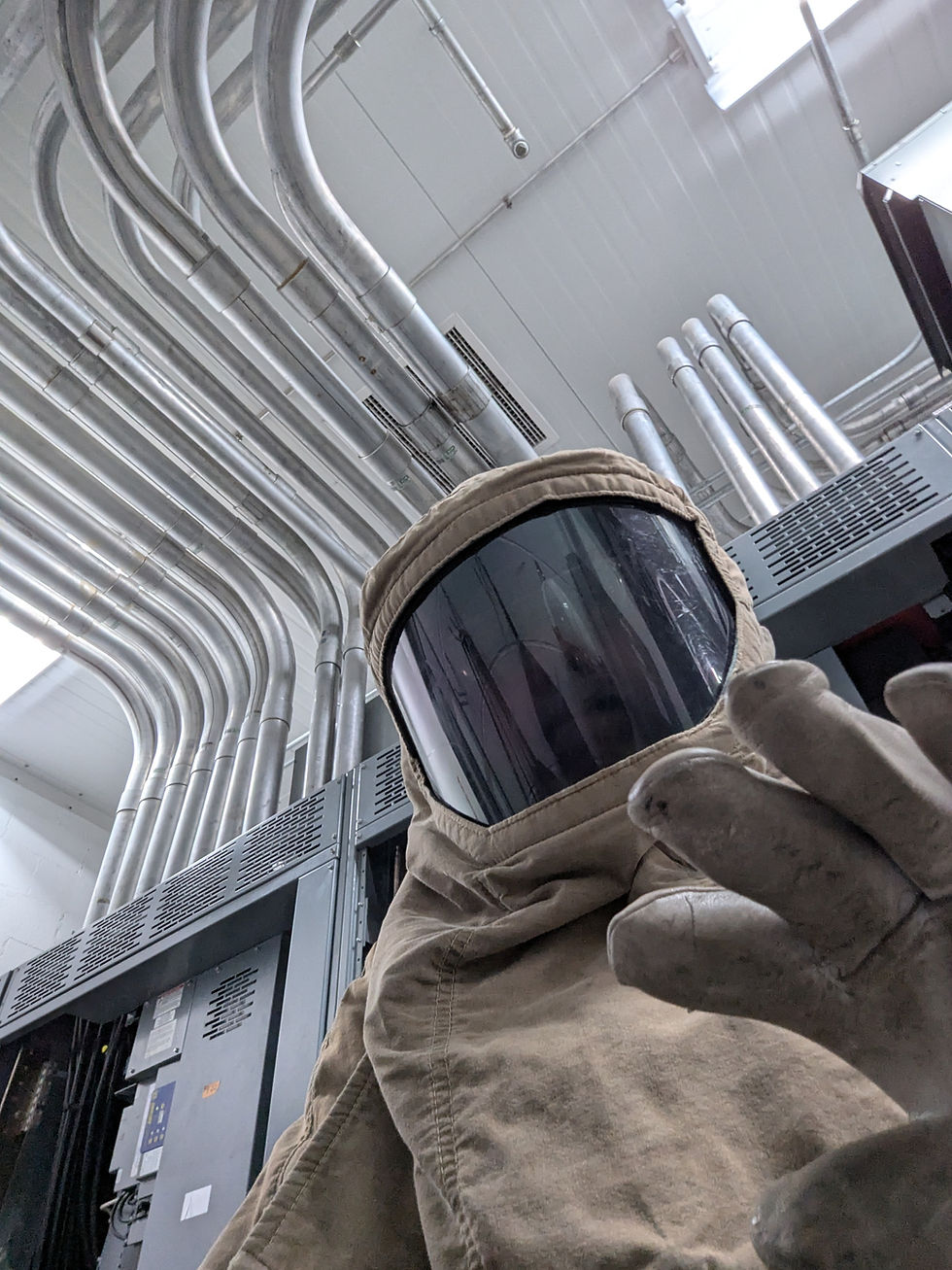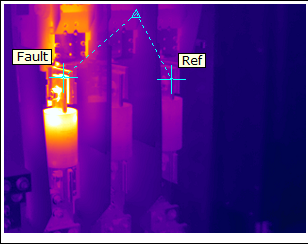Why OSHA Isn’t Enough — And Why Safety Still Matters Even Amid Likely Budget Cuts
- Brian Hall

- Aug 11, 2025
- 3 min read
Updated: Aug 18, 2025
Recent news reports suggest that U.S. safety agencies like OSHA may soon face significant budget cuts. For those of us working to keep people safe, that’s concerning, but not surprising. OSHA has been under-resourced for years.
Federal OSHA is a small agency. Fewer than 2,000 inspectors are responsible for the health and safety of 130 million workers across more than 8 million worksites. That’s roughly one inspector per 70,000 workers (per AFL-CIO 2023).
I saw this firsthand. Before joining Guidant Power, I spent over 20 years as a maintenance manager. Not once did we receive a visit from OSHA. And yet, our team followed safety protocols rigorously—not out of fear of citations, but because it was the right thing to do.
Safety should never depend on whether OSHA is watching.
OSHA sets the minimum requirements for workplace safety. These are not best practices—they’re the legal floor. Businesses that only aim to “pass an inspection” are missing the point. A truly safe workplace goes beyond the checklist.
OSHA’s Electrical Safety Requirements — What They Do and Don’t Say
Many operations managers are surprised to learn that OSHA doesn’t explicitly mention arc flash in its regulations. But that doesn’t mean you’re off the hook.
Under OSHA’s General Duty Clause and PPE standard (1910.137), employers are required to assess hazards and provide appropriate protection. When it comes to electrical hazards, that includes arc flash—even if it’s not named.
To determine what's considered “appropriate,” OSHA often relies on consensus standards like NFPA 70E®. In fact, OSHA frequently references 70E® during enforcement, using it to interpret what safe electrical work looks like.
Arc Flash Analysis: Every 5 Years?
There’s a persistent myth that arc flash analyses only need to be performed every 5 years. That’s not what OSHA (or NFPA 70E® section 130.5) says. Instead, hazard assessments must be reviewed when a significant change occurs in equipment, layout, upstream utility, or process conditions. Five years is a recommendation, not a rule.
The takeaway: Waiting for a 5-year cycle can leave your team exposed.
Proactive Assessments Protect People
Conducting more frequent hazard assessments—like every two to three years, or more often when changes occur—helps catch unseen risks before they turn into incidents. It’s not just about avoiding OSHA citations. It’s about:
Preventing injuries and fatalities
Avoiding unplanned downtime
Reducing liability and insurance costs
Strong electrical safety programs also reinforce a positive safety culture—where workers speak up, follow procedures, and take ownership of their actions.
Training Is an Investment, Not a Checkbox
Proper training at the correct intervals greatly improves workplace safety. It also reduces human error and improves productivity.
A well-trained team:
Recognizes hazards early
Knows how to assess energized work and make safe decisions
Uses PPE properly and confidently
Feels empowered to ask questions or stop unsafe work
At minimum, refresher training should occur every three years (per NFPA 70E®), but best-in-class companies train yearly, especially after incidents, near misses, or equipment changes.
You can review OSHA’s PPE electrical safety requirements (1910.335) to understand the expectations for properly equipped workers.
Workplace Safety: the Right Thing to Do
Every worker deserves to go home in the same condition they came in. That’s not just regulatory compliance—it’s a moral responsibility.
The business case?
Companies that prioritize safety see measurable benefits:
Higher morale and employee trust
Lower absenteeism and turnover
Fewer injuries and costly disruptions
Stronger operational reliability
Safety is a smart investment. It involves choosing programs that pay off in the present (by keeping workers safe) while preventing future issues affecting operations.
Let’s Talk
At Guidant Power, we help operations managers, safety professionals, and electrical teams go beyond the minimum. Whether OSHA knocks or not, your workers are counting on you.
Let’s make safety a core value—not just a requirement. 👉 Contact us today to review your current safety program, training schedule, and arc flash analysis needs.
70E®, Standard for Electrical Safety in the Workplace®, NFPA 70®, NEC®, and National Electrical Code® are registered trademarks of the National Fire Protection Association, Quincy, MA. All rights reserved.



